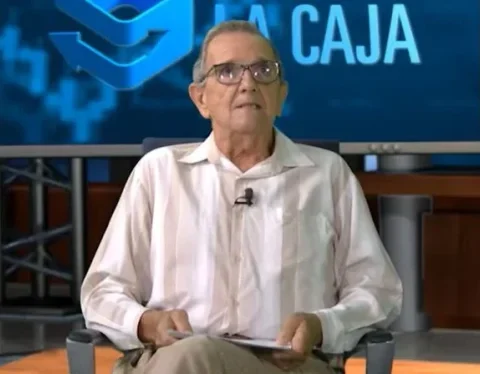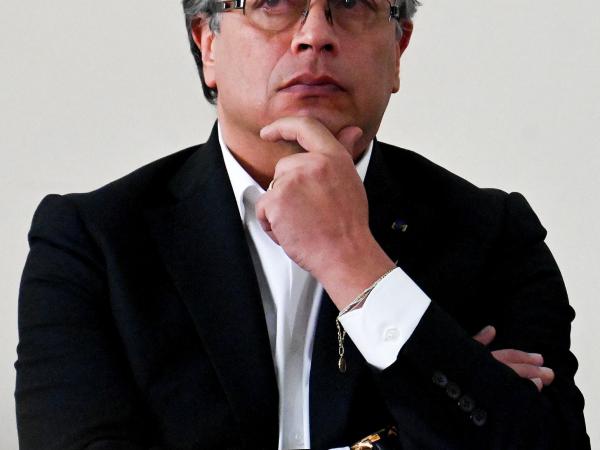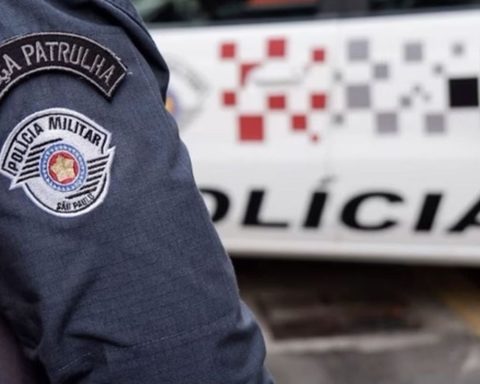Cuban researchers study the sands of Beaches of Cuba with the use of nuclear sciences and technologies.
The project, started two years ago in Playa Bibijagua, Isla de la Juventud, investigates the levels of heavy metals and radioactivity in the sands of various beaches in the west, center and east of the country, reports a recent report from the official journal Granma.
“It is a project of the Nuclear Applications Technologies Sector Program, laser, optics and ultrasonics to produce goods and services,” Dr. Oscar Díaz Rizo, tenured professor of Nuclear Physics at the Higher Institute of Technologies and Sciences, explained to the publication. Applied from the University of Havana (InsTEC-UH).
Díaz Rizo, who is in charge of the investigations, specified that as part of the study “the beach sands are being characterized, both from the radiological point of view, as well as their composition of heavy metals, to be certain that the level from both exposures it is not harmful to humans and species of fauna”.
The specialist commented that Playa Bibijagua, located about eight kilometers north of the city of Nueva Gerona, was chosen to begin the investigation because it is a black sand beach and “it was known that black sand tends to have radioactivity naturally ”.
From this initial selection, the study has been extended to other Cuban beaches in the west, center and, currently, in the east of the country, “taking into account the fact that in areas close to Cuba there are important facilities, whose possible emanations of radioactive waste could reach the coasts.
This, said the researcher, “makes it essential to know, as a baseline, the levels of natural radioactivity present in them.” Added to this is the fact that beach sands “are the nesting medium for important species of our fauna, which reinforces the importance of the study,” he added.
The results obtained so far in the sands of western and central Cuba reveal that “both the levels of radioactivity and heavy metals are within the permissible range for humans, therefore they do not affect human health, nor to animal species”, points out Granmawhich does not provide further details on the matter.
According to the official newspaper, professors and students from the University of Havana (InsTEC-UH and the Faculty of Biology) and researchers and technicians from the Centers for Environmental Studies of Cienfuegos, Advanced Studies of Cuba and the Park participate in the investigation. National Guanahacabibes, in addition to the National Company for the Protection of Flora and Fauna, of the Ministry of Agriculture.
Due to its condition as a Caribbean archipelago, Cuba has numerous beaches recognized for their natural beauty. Many of them are employed in the tourism industry, which has its main line in the country in this type of activity (sun and beach tourism), and they receive national and foreign visitors throughout the year.

















